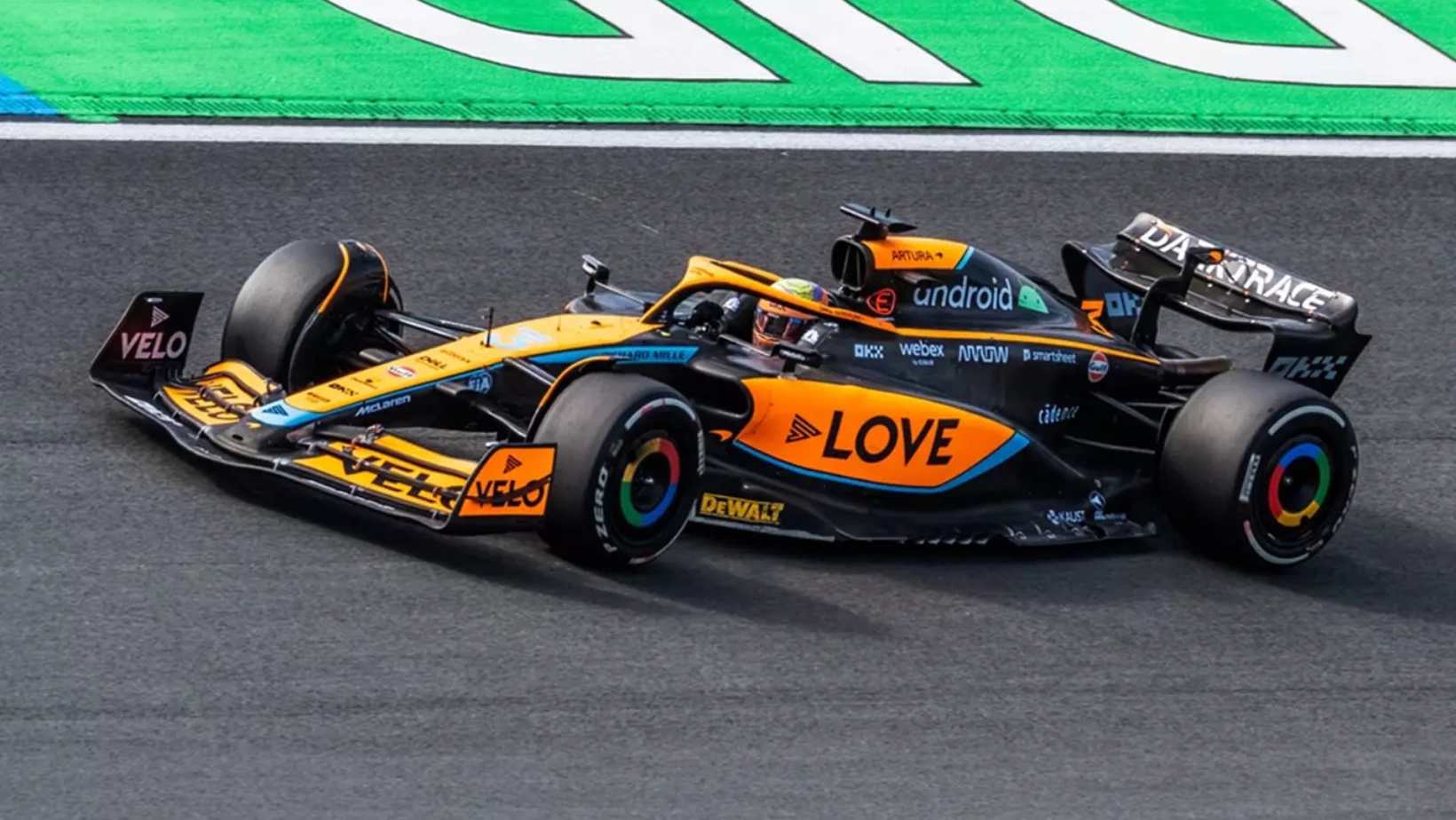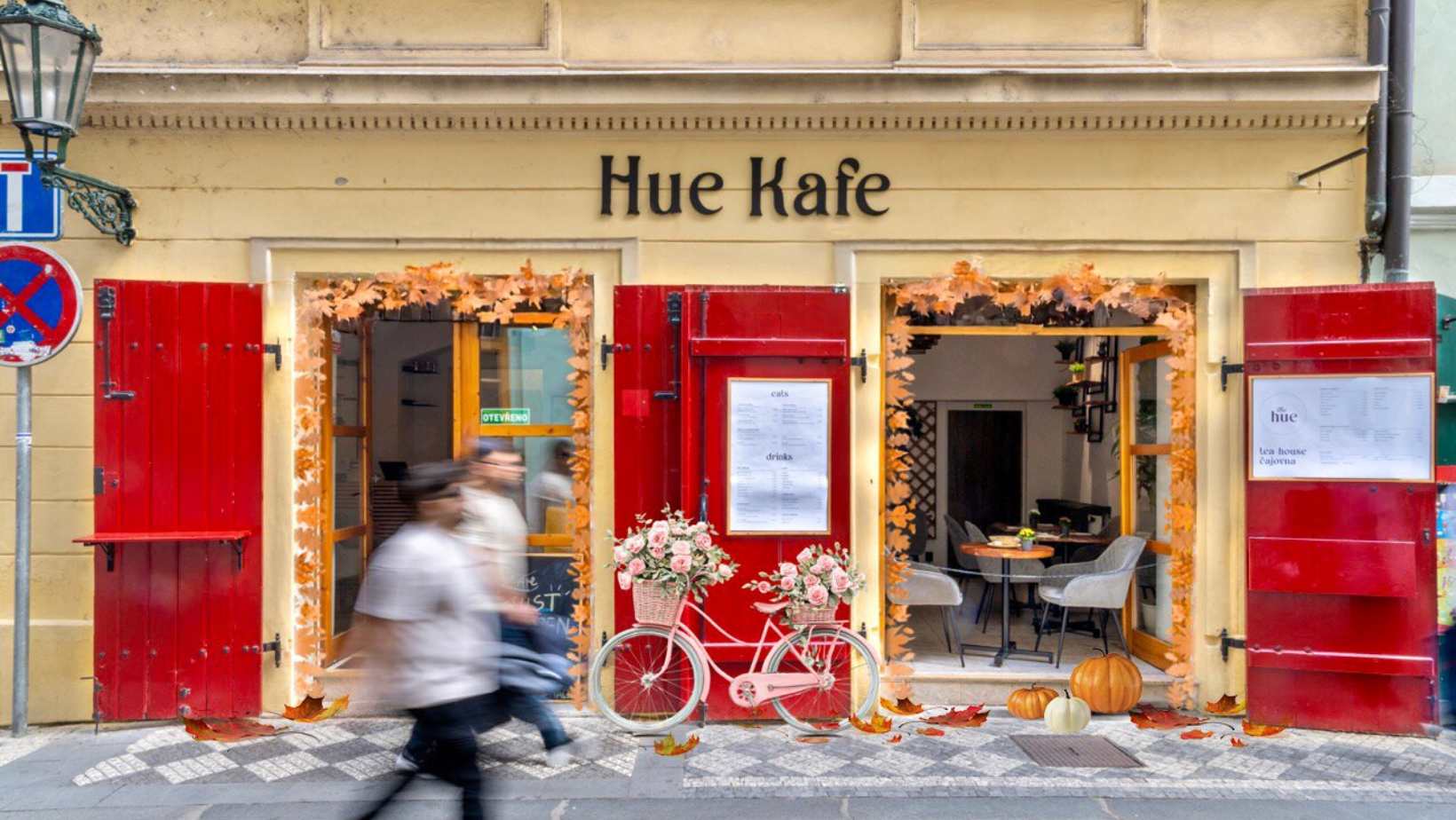4 Culture Shocks American Drivers Experience in Prague
Prague Morning

Many people continue to move to Prague for numerous reasons. The capital city of the Czech Republic has an attractive job market, an increasing number of multinational companies, and an improving business environment.
According to Expats.cz, around 1 million foreigners are expected to live in Prague by 2050. Many of these individuals would be Americans. For these individuals, adjusting to new driving rules and regulations can be challenging.
Driving in a new country often feels like entering a new system of unwritten rules. For many Americans who move to Prague, the learning curve can be sharper than expected. It’s not just the change in road signs; it’s the entire rhythm of the road that catches people off guard.
The experience is especially jarring for those used to wide lanes, sprawling highways, and a more assertive driving culture. While public transport makes owning a car unnecessary for many in Prague, some expats still find themselves behind the wheel. In this article, we will examine five culture shocks that American drivers encounter in Prague.
Narrow Streets and Tighter Margins
One of the first things Americans notice is how narrow the streets are. These narrow streets have become popular tourist destinations now. Recently, a restaurant near the narrowest street in Prague said that overtourism is causing them to lose their customers. As noted by Express, owners have even put up a sign stating that the street is only accessible to those visiting their restaurant.
These narrow streets can increase the chances of accidents, primarily because American expats are used to wider streets. However, this does not mean that it is the only cause of collisions, as accidents are also common on wider US streets.
Consider an example of a car collision on a road along the River Des Peres in St. Louis. A Yahoo! News article features a video that clearly indicates the road on which the accident occurred was wide enough. The crash still occurred, leaving three people with severe injuries.
In such a scenario, a St. Louis car accident attorney can be helpful, regardless of whether you were at fault or not. If you were at fault, the lawyer can help prepare a strong defense. On the other hand, if you are not at fault, the attorney can help you get an optimal settlement amount.
According to TorHoerman Law, lawyers possess the necessary experience to calculate damages resulting from an accident. Thus, they can negotiate confidently with the opposing attorney and insurance agents to get you an optimal settlement.
Right Before Left: A Rule That Trips Up Many
One of the most confusing differences for new drivers is the rule of priority at intersections. In Prague, unless otherwise indicated by signs, vehicles must yield to traffic coming from the right. There are no four-way stop signs. No blinking lights. Just a quiet expectation that you’ll know who has the right of way.
For American drivers, this is unintuitive. The U.S. driving system relies heavily on signage, especially at smaller intersections, to clearly indicate right-of-way rules. In Prague, that clarity often doesn’t exist. Instead, the rule depends on your understanding of the situation, and it can be easy to overlook, especially on unfamiliar residential streets.
Additionally, the rules for turning during a red signal differ in Prague compared to the US. According to an article by The Travel, it is legal to turn right during a red signal in the US. However, this is not allowed in European countries, including the Czech Republic. Thus, you will always have to wait for the signal to go green before turning right.
Are there road signs that help clarify the “right before left” rule?
While the rule is often implied, Prague does use signage in busier areas to make the priority clearer. Look for yellow diamonds (priority road signs) and inverted triangles (yield signs) that help clarify who should go first. However, in many residential zones, no signs are posted, so drivers must default to yielding to the right.
Trams Always Win
One of the most unique aspects of driving in Prague is the constant need to share the road with trams. These massive, gliding streetcars aren’t just part of public transportation; they’re treated with priority in most driving scenarios. If you’re turning across a tram line or pulling out of a side street, you’re expected to yield.
Trams are one of the most common public transport systems used by people residing in the city. In fact, it is considered the most popular means of public transportation. Around a million people take trams to commute daily in Prague. They run from 5 am to midnight. There’s also a tram that covers many tourist destinations in the city, including Prague Castle and Malá Strana.
In many American cities, public transport vehicles are on dedicated tracks or separate lanes. But in Prague, trams move alongside regular traffic. For expats, this creates moments of panic, especially when navigating unfamiliar intersections or trying to turn left across active tracks. The silence of the tram, combined with its right-of-way, can feel intimidating.
What are the penalties for interfering with trams?
Failing to yield to trams can result in steep fines and points on your driving record. Czech law treats tram priority as a serious traffic regulation. If a driver causes an accident or even a near miss with a tram, it could lead to police involvement and possible legal consequences.
Parking Requires Patience, and Often a Permit
For many American drivers, parking is an afterthought. There’s usually enough space, whether at a shopping center or on a neighborhood street. In Prague, however, parking is a daily puzzle. Zones are color-coded, spots are limited, and enforcement is strict. Without the right permit or ticket, your car could be towed or, worse, immobilized with a boot.
The blue zones are meant for residents. Purple and orange zones are for visitors, but even those come with time limits and payment requirements. Many new arrivals misread the signs or park out of desperation, only to return and find a fine on the windshield.
However, the city does offer numerous parking options. According to The Czech Journal, here are some of the options available for parking:
- Park & ride
- Public lots
- Kiss & ride
- Parking zones: Blue, purple, orange
- Parking for electric vehicles
- Parking for caregivers
- Delivery parking, etc.
How do expats obtain a residential parking permit in Prague?
To apply for a residential parking permit, expats need proof of residency, a Czech vehicle registration, and a valid ID. The process is managed through the city’s parking system and often requires an appointment at the local municipal office. Some districts also allow applications online through the city’s official portal.
Driving in Prague isn’t impossible for Americans, but it demands a mental reset. Every turn, every intersection, every decision carries a weight you may not have noticed before. For many, the shift is humbling. But as they adjust, they also develop a deeper respect for the city’s slower, more deliberate pace.
-
NEWSLETTER
Subscribe for our daily news










